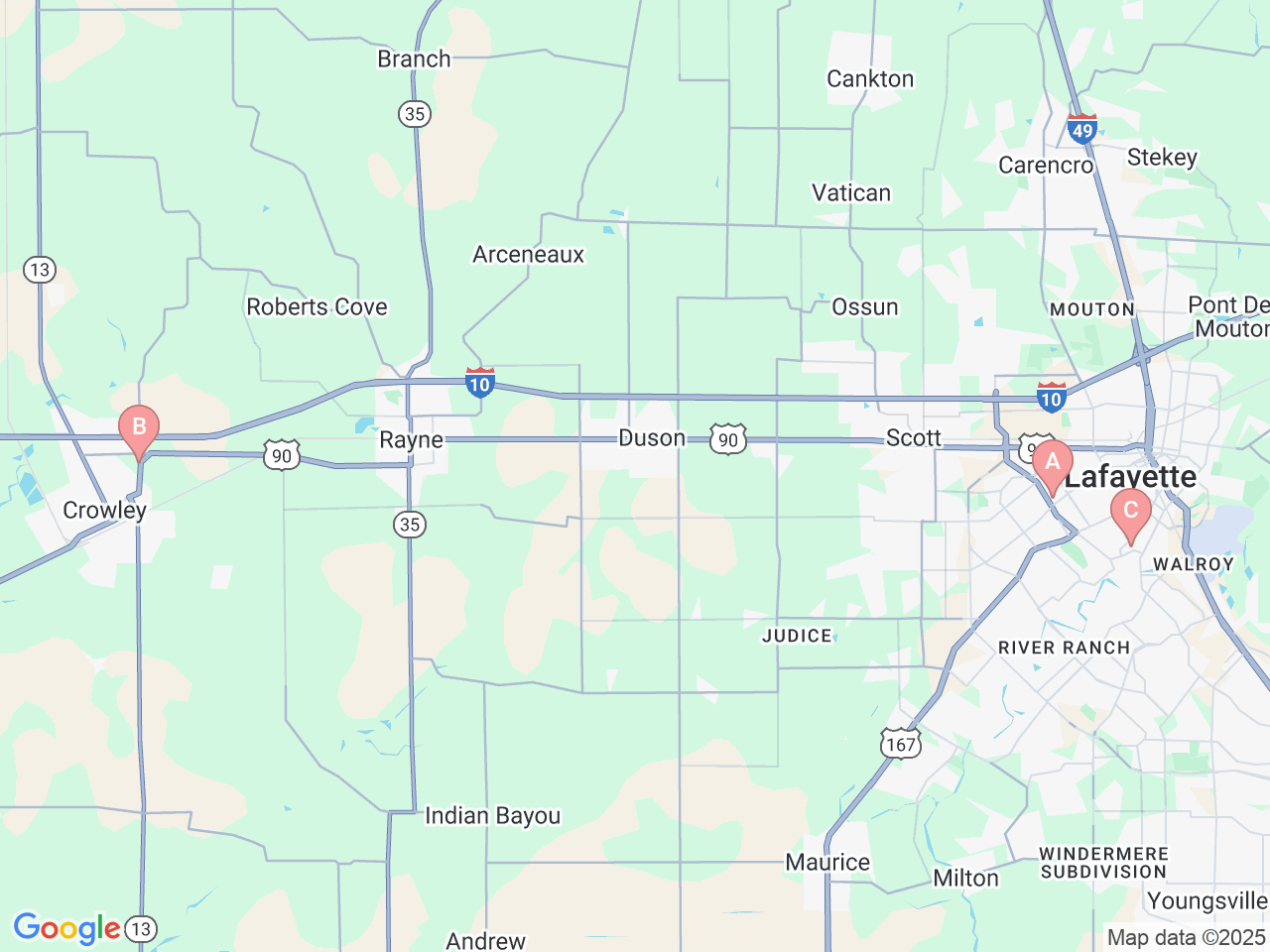Why choose Ochsner Health for esophageal and swallowing disorders care?
You depend on your esophagus, the tube that links your mouth to your stomach, more than you realize. The esophagus carries food and liquids to your stomach so your body can convert them into energy. A problem with your esophagus can have significant effects on your health and quality of life. The esophageal and swallowing disorders program at Ochsner Medical Center - New Orleans provides advanced, multidisciplinary care to help patients from Louisiana, Mississippi, Alabama and beyond find relief from acid reflux, difficulty swallowing and related symptoms and conditions.


